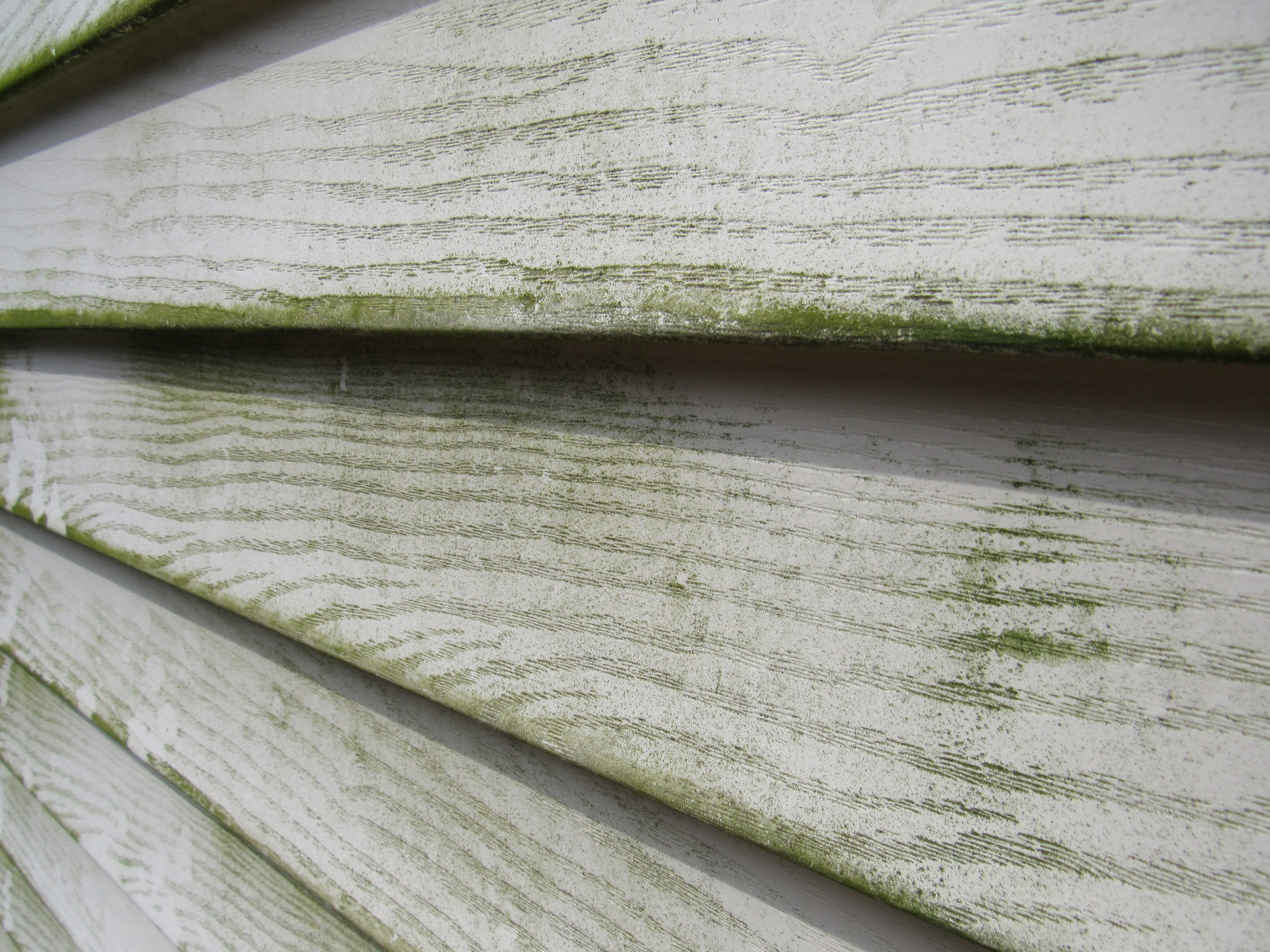
No matter the season, outdoor allergens are always ready and waiting to tickle our noses and disrupt our sense of comfort. And mold spores are no different.
But while you may able to stave off certain particle-related reactions by taking an allergy pill in the morning, your property can’t quite say the same for when mold spores invade its airborne spaces.
So, what do you need to know about the mold that exists outside of your property? And what should it become a point of concern?
The Nature of Outdoor Mold
Mold is virtually everywhere outdoors, meaning it is all but inescapable the moment you step foot through your front door or back patio. So, while you may not want to get yourself too worked up over the prospect of this outdoor mold, you do still want to remain diligent in blocking its path.
“Mold can get in your home through open doors, windows, vents, and heating and air conditioning systems,” the Centers for Disease Control (CDC) explains. “Mold in the air outside can be brought indoors on clothing, shoes, bags, and even pets.”
Consequently, we recommend you remove your shoes and outerwear (like sweaters and jackets) upon entering your home.
Additionally, you’ll want to ensure that your home is well-ventilated and that your air filter is changed regularly, thereby trapping mold spores and keeping them from spreading throughout your property.
Taking an Extra Look at the Exterior
Sure, mold can be found out and about while outdoors, but how easily might mold take hold of your home’s exterior surfaces?
“Molds can be found almost anywhere; they can grow on virtually any substance, providing moisture is present,” the Environmental Protection Agency (EPA) explains. “There are molds that can grow on wood, paper, carpet, and foods.”
In other words, outdoor mold can, in fact, become a greater concern when it begins to eat away at your wood, contaminate your gutters, and more. Again, this mold can be easily carried indoors, so be careful to properly clean your clothes and work items should you attempt to engage with the mold.
That being said, we do not encourage you to attempt DIY mold removal on your own.
When Questions Become Concerns
So, with all the above in mind, you may be left with one more question: How can I tell if mold has begun to grow outside of my home?
“Indicators of dampness and microbial growth include the presence of condensation on surfaces or in structures, visible mould, perceived mouldy odour and a history of water damage, leakage or penetration,” according to the World Health Organization (WHO) and the International Association of Certified Home Inspectors (InterNACHI).
Thus, you may want to take special care to investigate the areas of concern following a hurricane or other moisture-inducing weather event.
And, worse, when you begin to suspect they may have invaded your home’s interior, it’s time to call for professional help. More specifically, it’s time to call Luce Air Quality, your indoor environmental experts!
Our certified and licensed team is prepared to perform a comprehensive on-site mold investigation, thereby shedding light on where mold has grown, what has led to its continued growth, and how best to take action against it.
In other words, we’re here to empower you.
So, ready to learn more? If so, contact our team today by calling 904-803-1014! We believe in providing solutions that you can trust.


